Microsoft Surface Pro 6 vs. Apple MacBook Air (2018): Which should you buy?
We live and breathe laptops, but not just Windows. Here we'll tell you how best to choose between Microsoft's best and Apple's new MacBook Air.
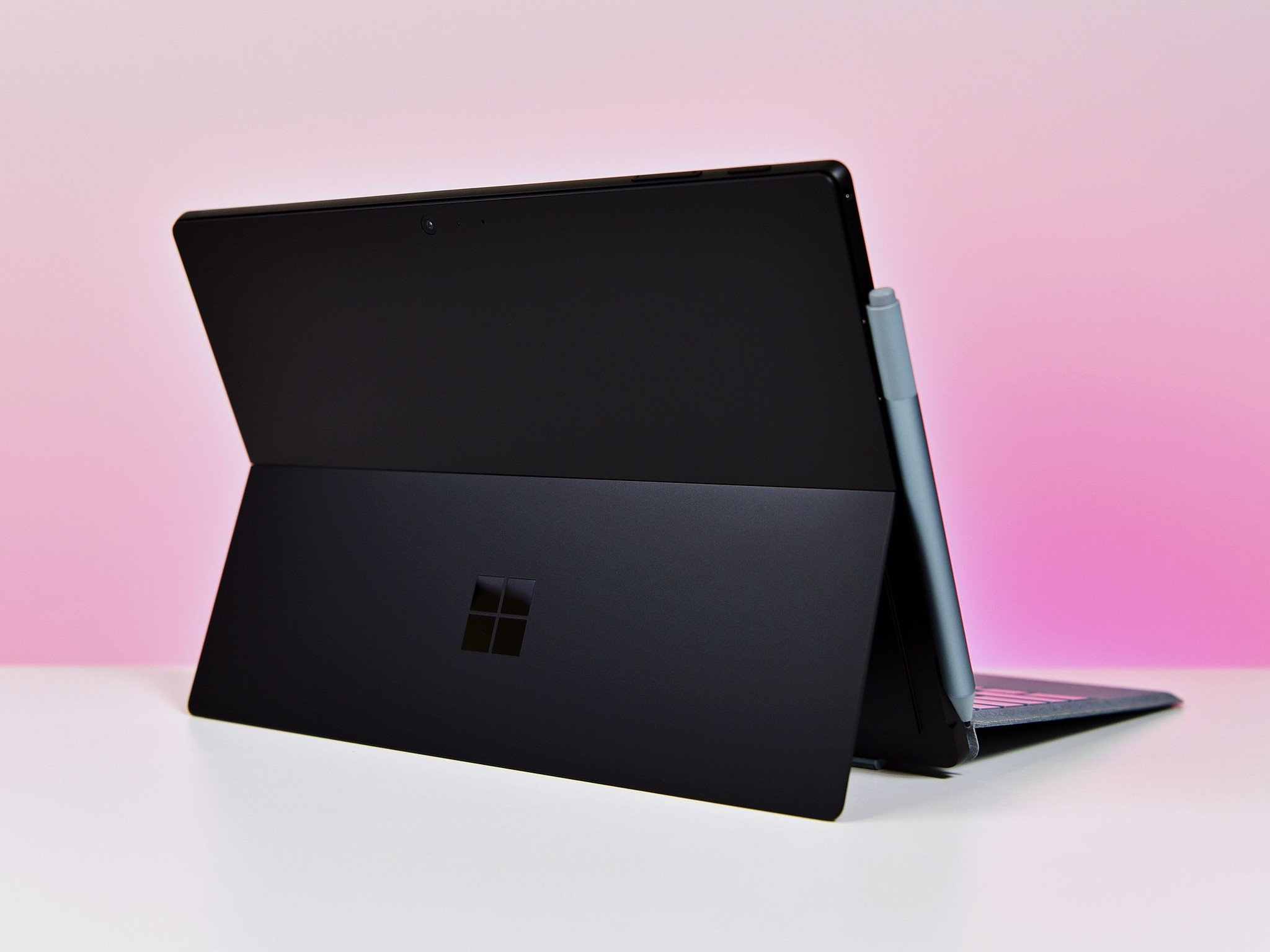
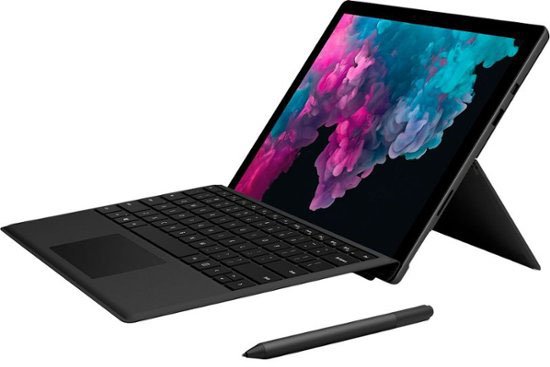
Best 2-in-1 laptop
The Surface Pro 6 offers an experience no Mac on the market can. Not only can you use a digital pen on it, it's useable as both a tablet and a laptop, combining the use of both an iPad and a MacBook Air into a single device.
For
- Windows Hello security
- Digital pen support
- Solid battery life
- Gorgeous display
- Quad-core processors
Against
- Keyboard an extra purchase ($130)
- No USB-C
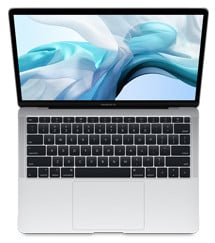
Pinnacle Apple
The MacBook Air is Apple's most affordable notebook, and it's an incredible jump from the previous model. The Retina Display is stunning, it has Apple's Touch ID biometric security, and Thunderbolt 3 support. However, it's underpowered next to the Surface Pro 6.
For
- Retina Display
- Can install Windows 10
- Touch ID security
- USB-C Thunderbolt 3
- Solid battery life
Against
- Quite expensive
- Single dual-core processor option
Considering that both of these run a different OS, that should be one of the main considerations when choosing a laptop. Apple has finally updated the MacBook Air so it can genuinely compete with the best of the Windows ecosystem, but it's still just a laptop. The Surface Pro 6 is a more versatile device, working as both a tablet and a laptop, with a sprinkling of digital notepad thrown in for good measure.
The platform you need or want to use should be one main consideration, and how you want to use your portable computer should be the other.
Apples to oranges (or Windows)
On a hardware level, both of these machines are very good. Laptop design has improved by leaps and bounds in recent years, so you can absolutely look to the Windows ecosystem to find a product as visually striking as Apple's always have been.
The MacBook Air is, unsurprisingly, stunning. The same can be said of the Surface Pro 6. But while Apple is using a 7W dual-core Intel Core i5 only in the MacBook Air, Microsoft has stuffed quad-core Intel Core i5 and i7 processors into the Surface Pro 6.
| Header Cell - Column 0 | Surface Pro 6 | MacBook Air (2018) |
|---|---|---|
| Processor | Quad-core Intel Core i5-8250UQuad-core Intel Core i7-8650U | 1.6GHz dual-core Intel Core i5 |
| Graphics | Intel UHD 620 | Intel UHD 617 |
| RAM | 8GB or 16GB | 8GB or 16GB |
| Display | 12.4-inch 2736 x 1824 PixelSense Display | 13.3-inch 2560 x 1600 Retina Display |
| Storage | 128GB/256GB/512GB/1TB SSD | 128GB/256GB/512GB/1.5TB PCIe SSD |
| Ports | USB 3.0, Mini DisplayPort, Surface Connect, microSD, 3.5mm headset | 2 x USB-C Thunderbolt 3, 3.5mm headset |
| Price | From $799 | From $1,199 |
In terms of sheer performance, the Surface Pro 6 has the edge with a better processor and more powerful graphics. However, in reality, Mac OS and Apple's own applications are traditionally well optimized, so day to day general performance will feel very similar.
A couple of the biggest differences are just what you can do with each. The Surface Pro 6 not only has a touch display, but support for inking. Windows Ink is built into the OS and there are a bunch of great apps that make use of it. This is all something you have to get an iPad for from Apple to make use of.
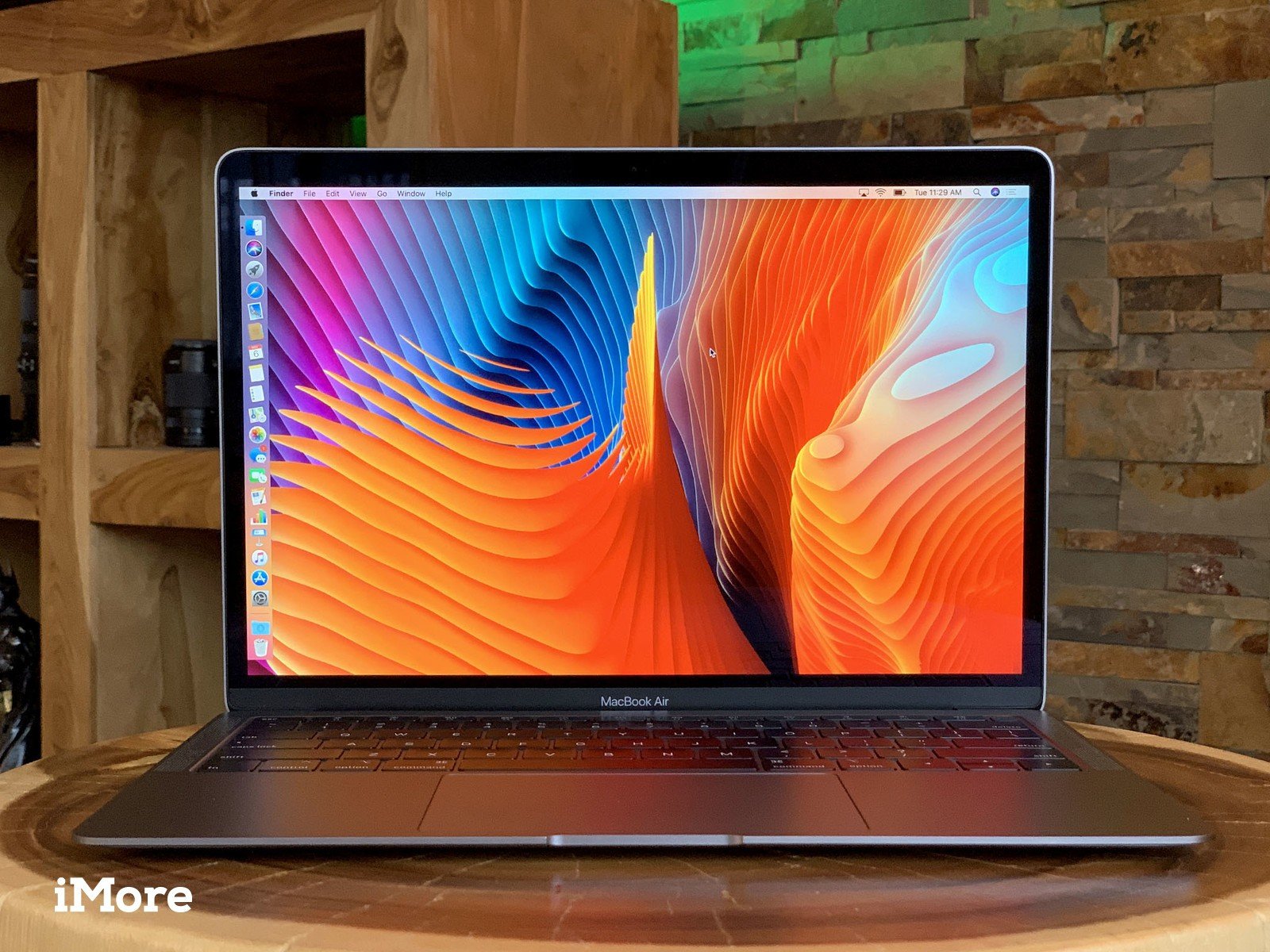
The MacBook Air, by contrast, not only has USB-C, but Thunderbolt 3. Something the Surface Pro 6 notably lacks. That means not only can you use standard accessories, such as docks, displays, and Thunderbolt 3 external SSDs, but you can connect an eGPU with a full desktop graphics card in it. Mac gaming isn't necessarily why you'd want this, but for anyone working with video editing or demanding programs such as CAD, that GPU will be really helpful.
Get the Windows Central Newsletter
All the latest news, reviews, and guides for Windows and Xbox diehards.
The Surface Pro 6 can expand its connectivity, but you'll need the Surface Dock to do it, and you won't be able to hook up an eGPU at all. It's also worth pointing out that to use the Surface Pro 6 as a laptop, you'll need to spend the extra $130 for a Type Cover.
Choosing between Mac OS and Windows 10
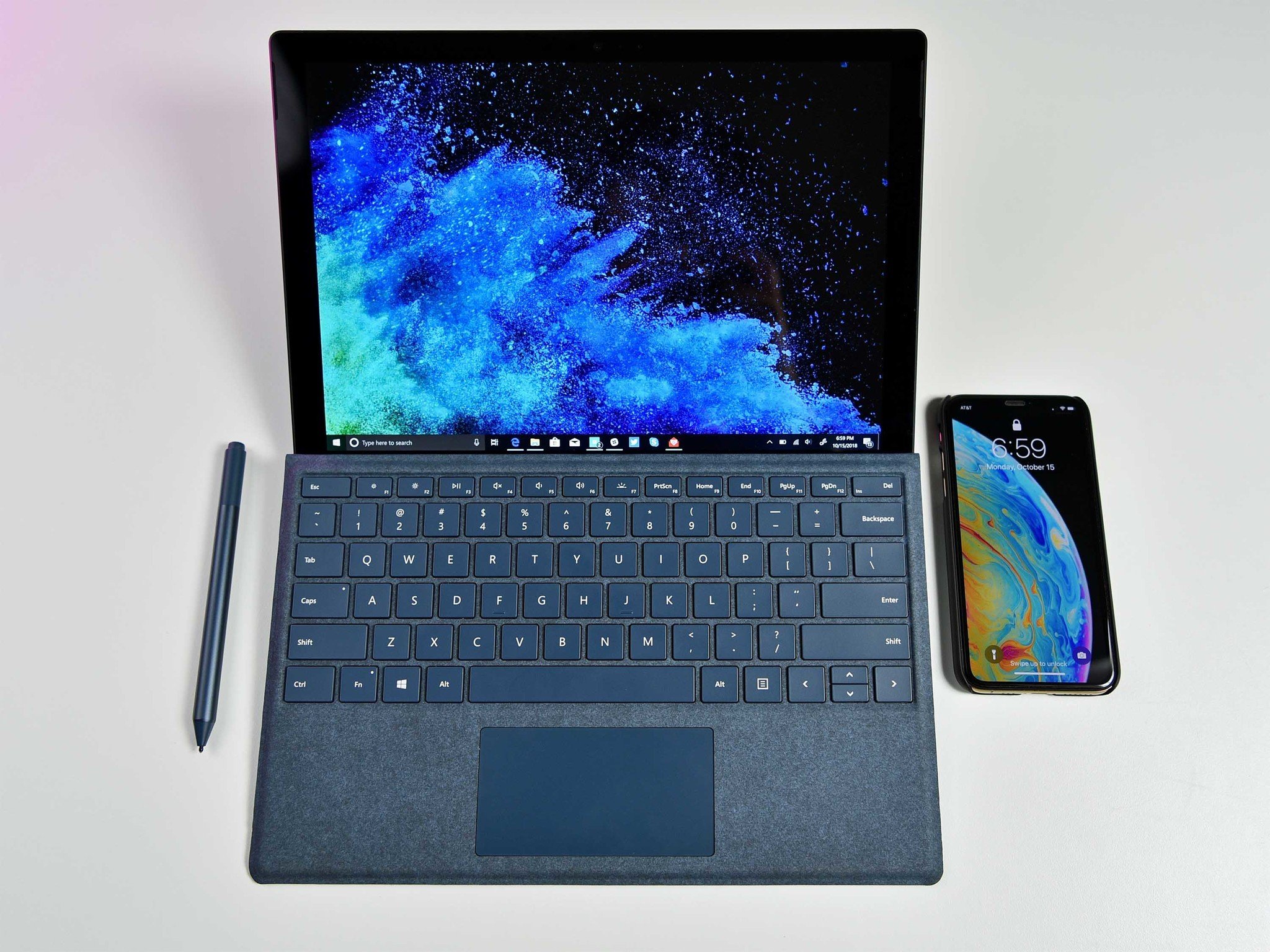
The biggest difference between these two, of course, is the software. Mac OS and Windows 10 have plenty in common and share a lot of the same third party apps — as well as Microsoft Office — but they're still different.
If you haven't entered Apple's ecosystem yet, and you don't have any reliance on its first-party software, such as Final Cut Pro X, then you might be better off considering the Surface Pro 6. The entry-level model is still a little above the MacBook Air on pure hardware, and it's $400 cheaper (without the Type Cover).
Mac OS is very pleasant to use, incredibly well optimized, and always performs well. It also has great software support from Microsoft, such as with the Office Suite, OneDrive, and Skype, as well as notable third-party support from the likes of Adobe and Google. Many of the same apps can be used on a Mac as on Windows 10, but you're going to pay more for the privilege.
There is, however, one more thing. Thanks to Boot Camp, you can easily install Windows 10 on the MacBook Air. The same cannot be said of doing the reverse. So, with the MacBook Air, you can have both platforms.
The choice is yours
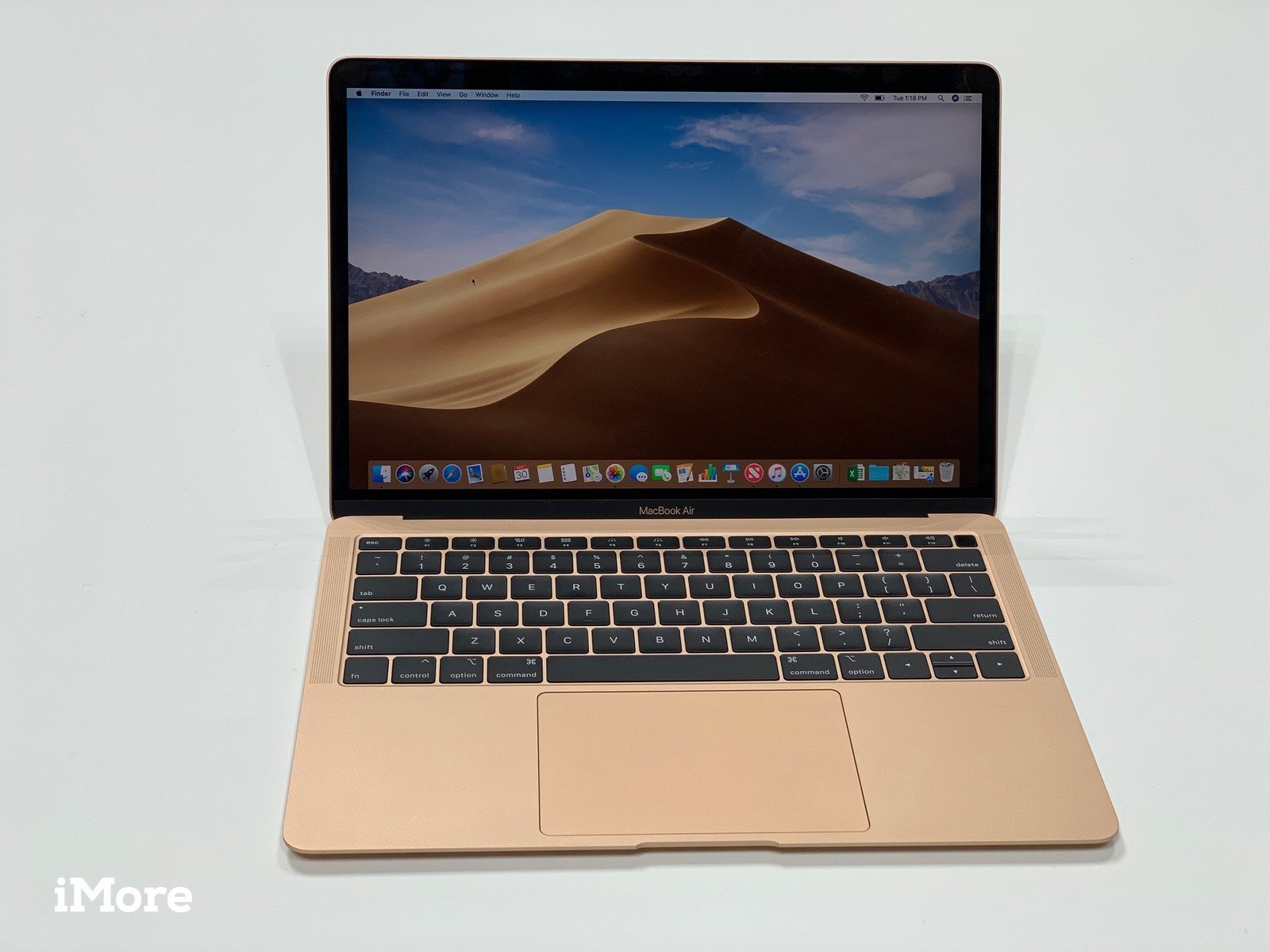
When comparing two top devices such as this that run on different platforms, there's no easy way to say which is best. Some will just prefer Windows 10, just as some will automatically lean towards Mac OS.
The platform should be one of the top factors you consider. The other should be what you intend to do with it. The Surface Pro 6 combines the best of a tablet with the best of a powerful Windows 10 laptop. You can get it at a great price, it has a stunning design and build quality, a gorgeous display, and is one of the most flexible machines on the market.
The MacBook Air, by contrast, has plenty in its favor. It always has a keyboard and trackpad attached, it supports the new USB-C standard, and with Thunderbolt 3 connectivity can transform into a powerful desktop rig with dedicated graphics down a single cable. You can't touch the display or write on it with a pen — for that you'll need an iPad — but you can install Windows 10 if you can't decide and want the best of both worlds.
Both of these will be a great fit for your mobile computing needs, but only you can decide which makes the best fit based on their respective differences. That being said, the Surface Pro 6 is just an overall better value thanks ot its lower price, its 2-in-1 nature, and the touchscreen and inking capabilities.

Richard Devine is a Managing Editor at Windows Central with over a decade of experience. A former Project Manager and long-term tech addict, he joined Mobile Nations in 2011 and has been found on Android Central and iMore as well as Windows Central. Currently, you'll find him steering the site's coverage of all manner of PC hardware and reviews. Find him on Mastodon at mstdn.social/@richdevine
